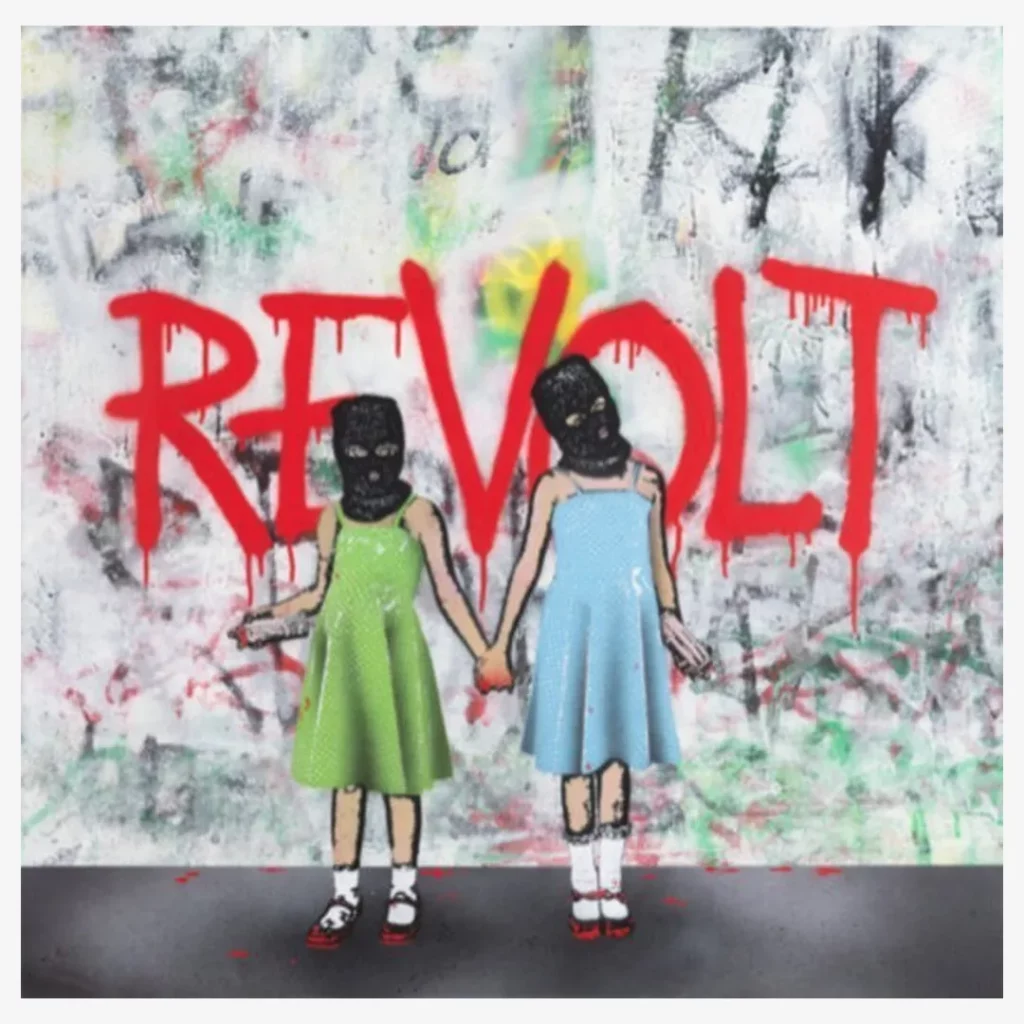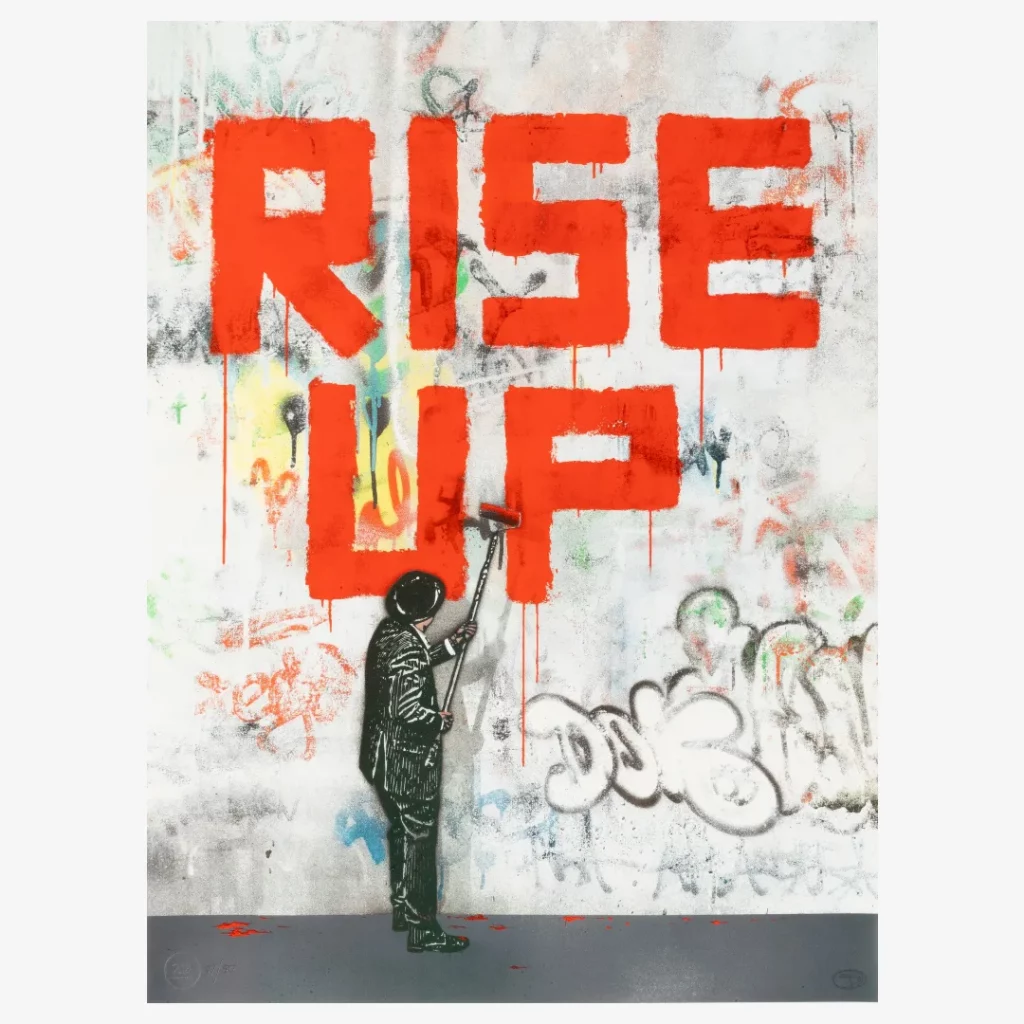In recent years, urban art has experienced a meteoric rise in popularity, captivating the attention of people from all walks of life. What was once considered rebellious graffiti has transformed into a globally recognized art form. It is celebrated for its boldness, creativity, and ability to reflect the spirit of a city. This blog post will delve into the reasons behind the immense popularity of urban art. We will explore the cultural, social, and personal dimensions that make it an undeniable force in contemporary artistic expression.

The Democratization of Art
Urban art has shattered the traditional barriers of art accessibility. While museums and galleries have historically been the domain of a privileged few, urban art embraces public spaces, bringing art directly to the people.
Its open-air nature allows anyone to stumble upon a stunning mural or an intricate stencil, thus making art a part of everyday life for everyone, regardless of their background or socioeconomic status. This democratization of art empowers individuals, fostering a sense of inclusivity and encouraging a broader engagement with creativity.

Expression of Identity and Culture
Urban art serves as a visual narrative of a city’s identity, culture, and social issues. Artists often employ their work to depict local history, traditions, and contemporary challenges, transforming public spaces into vibrant canvases for storytelling.

These murals, graffiti, and street installations provide a platform for marginalized voices and communities to express their thoughts, dreams, and aspirations, thereby fostering a stronger sense of belonging and unity within a city.
Urban Art’s Captivating Aesthetics and Innovation
One cannot deny the visual allure of urban art. From large-scale murals that envelop entire buildings to small, thought-provoking stencils tucked away in alleyways, the creative ingenuity displayed in urban art captivates viewers. The vibrant colors, intricate details, and often larger-than-life dimensions evoke a sense of awe and curiosity.

Additionally, urban art is constantly evolving, embracing new techniques, materials, and mediums. Artists experiment with a variety of styles, from photorealism to abstract expressionism, pushing the boundaries of artistic innovation and enticing audiences with their endless creativity.
Social Commentary and Activism
Urban art has long been a powerful tool for social commentary and activism. Artists use their work to shed light on pertinent issues such as inequality, environmental concerns, racial injustice, and political unrest. Murals and street art installations become visual manifestos, sparking conversations and challenging societal norms.

The raw and unfiltered nature of urban art allows artists to provoke emotions and convey messages in ways that traditional mediums often struggle to achieve. By engaging with these thought-provoking pieces, viewers become active participants in the dialogue surrounding important societal issues.
Community Engagement and Tourism
Urban art has become a magnet for community engagement and tourism. Cities known for their vibrant street art scenes, such as Berlin, London, New York, and Melbourne, attract visitors from around the world. Guided street art tours, festivals, and exhibitions have sprouted, inviting locals and tourists alike to explore and appreciate the city’s artistic offerings.

Urban art has the power to rejuvenate neglected neighborhoods, turning them into cultural destinations. In turn, this fosters economic growth, creating opportunities for local businesses and artists, and injecting a renewed sense of pride and vitality into urban communities.
Conclusion
Urban art’s surging popularity can be attributed to its ability to break barriers, tell stories, and inspire change. Its unique position as a form of creative expression accessible to all has transformed public spaces into open-air galleries, stimulating cultural conversations and strengthening community bonds.
Urban art encapsulates the essence of our evolving society, reflecting the diverse narratives that shape our cities. Today, it continues to captivate audiences around the globe. It reminds us of the power of creativity to transcend boundaries and transform our shared urban landscapes into vivid, thought-provoking masterpieces.
Cover image: The Art of Nick Walker

Leave a Reply